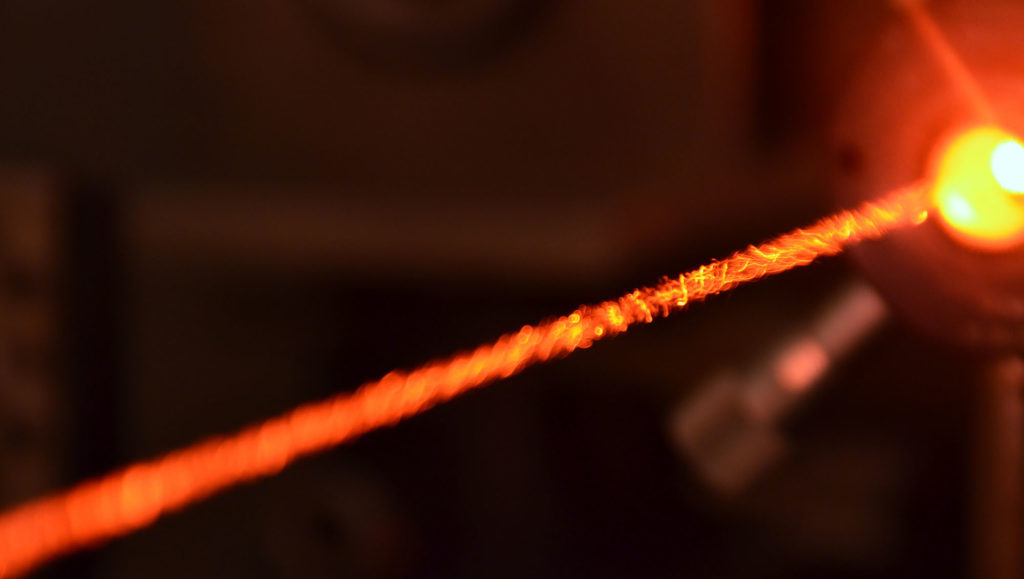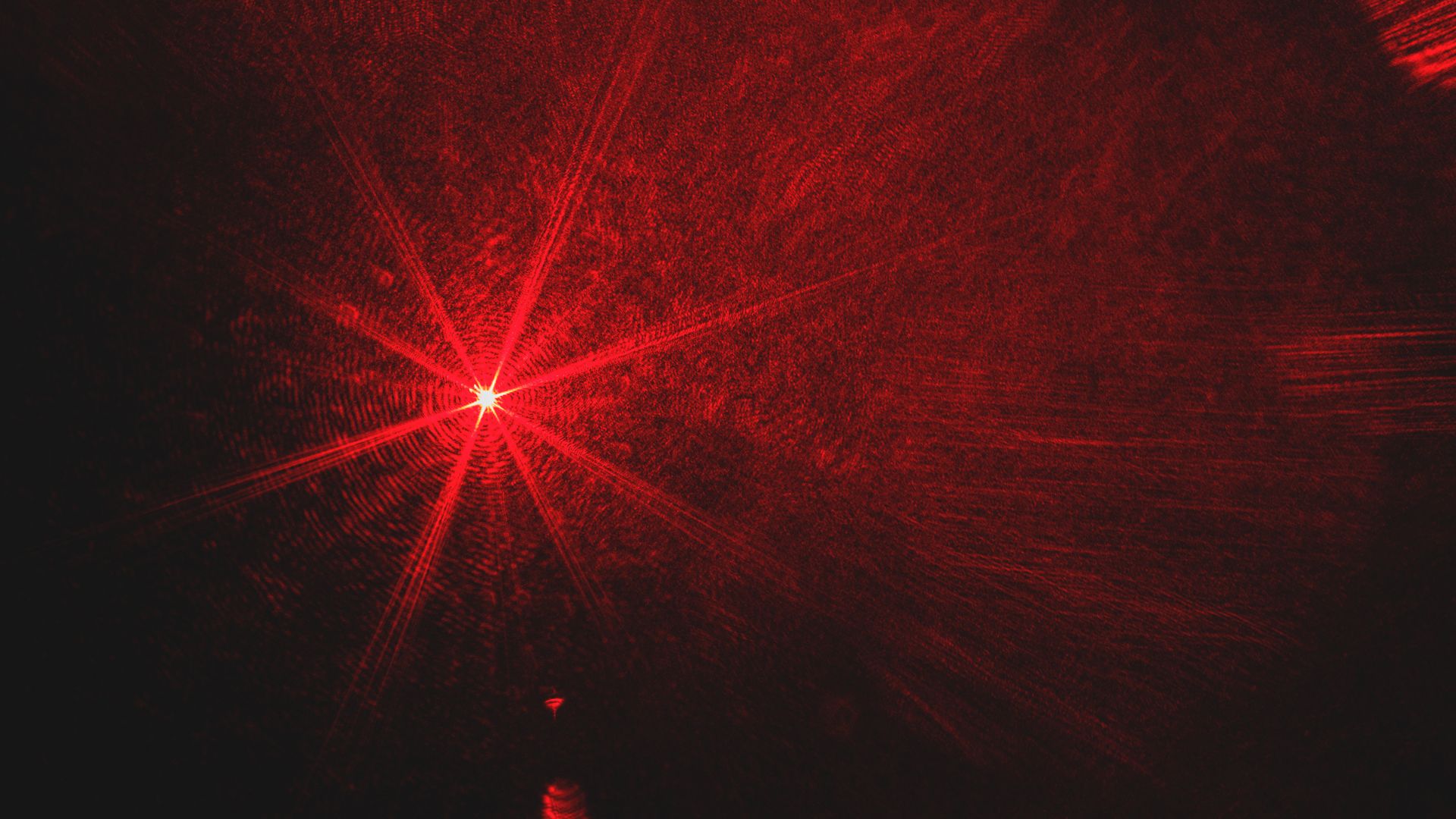This is a record for laser linking in space. NASA has successfully transmitted data by optical communication over a distance of 16 million km. This bodes well for the future of deep space connections.
Laser space communications work. And, above all, it works over immense distances. This is the first – encouraging – observation that it was possible to make in mid-November 2023, after a test organized by the American space agency. NASA, in fact, is interested in lasers to communicate in deep space.
This project, called DSOC (Deep Space Optical Communications), takes advantage of the Psyché mission, which left in mid-October, to test a new type of connection in real conditions. It turns out that the attempt carried out in the middle of the month bodes well for the future, since the transmission was successful. This, despite the probe’s already considerable distance: it is 16 million km from Earth.
A communication record in space
Such a distance is difficult to grasp intellectually. To get a better idea, NASA points out that it is more than 40 times the Earth-Moon distance (around 385,000 km). You could also say that this is equivalent to 400 times the circumference of the Earth (about 40,000 km). From then on, it is as if the signal had circled the Earth 400 times before arriving at its destination. Or 20 times the round trip from Earth to the Moon.
In its progress update on November 16, NASA also emphasizes that this constitutes a record: “ This is the farthest optical communications demonstration ever “. Other connections will be attempted later, as Psyche distances herself and reaches her objective. This distance record claimed by the agency will therefore soon be beaten.

There have been optical communications of this type in the past, but involving much smaller gaps — with a satellite in low Earth orbit (i.e. at a maximum altitude of 2,000 km) or with the Moon. Here, ” this is the first test in deep space “. To get an idea of the technical challenge, NASA emphasizes that “ it’s like using a laser pointer to track a moving dime a mile away “.
Lasers being light, the photons constituting them circulate at the speed of light in the vacuum of space (almost 300,000 km/s). However, for the November 14 test alone, it took nearly 50 seconds for photons to go from Psyche to Earth. A delay which will extend to 20 minutes, when Psyche will be furthest away. We are far from the “instant communications” that we experience on Earth, the distances being much more modest.
It’s like using a laser pointer to track a moving 10 cent coin from a mile away.
The NASA
One of the difficulties of the exercise is to point the instruments correctly despite the movements of the Earth of Psyche. “ Aiming a laser beam over millions of kilometers requires extremely precise aiming », Notes the agency. A score that will have to be recalibrated with each future test, because both the probe and the planet will have moved. Downlinks (from Psyche to Earth) and uplinks (in the opposite direction) will therefore have to adapt systematically.
Until now, NASA relied on radio waves to communicate with its most distant vehicles. The data carried by these waves also travels at the speed of light. However, laser is seen as an option for the future, because it allows much more data to be sent at once. It’s a bit like switching to broadband. Here, the data will not flow faster, but we will be able to send more.
Expanding bandwidth is required to deploy increasingly ambitious missions in deep space. Indeed, to take the case of Mars, depending on its position and that of the Earth in the solar system, the connection can vary from 3 minutes to almost 22 minutes. It’s relatively long. However, if we want to realize a human presence on the red planet, communications will have to be optimized to become more efficient.
Do you want to know everything about the mobility of tomorrow, from electric cars to e-bikes? Subscribe now to our Watt Else newsletter!
